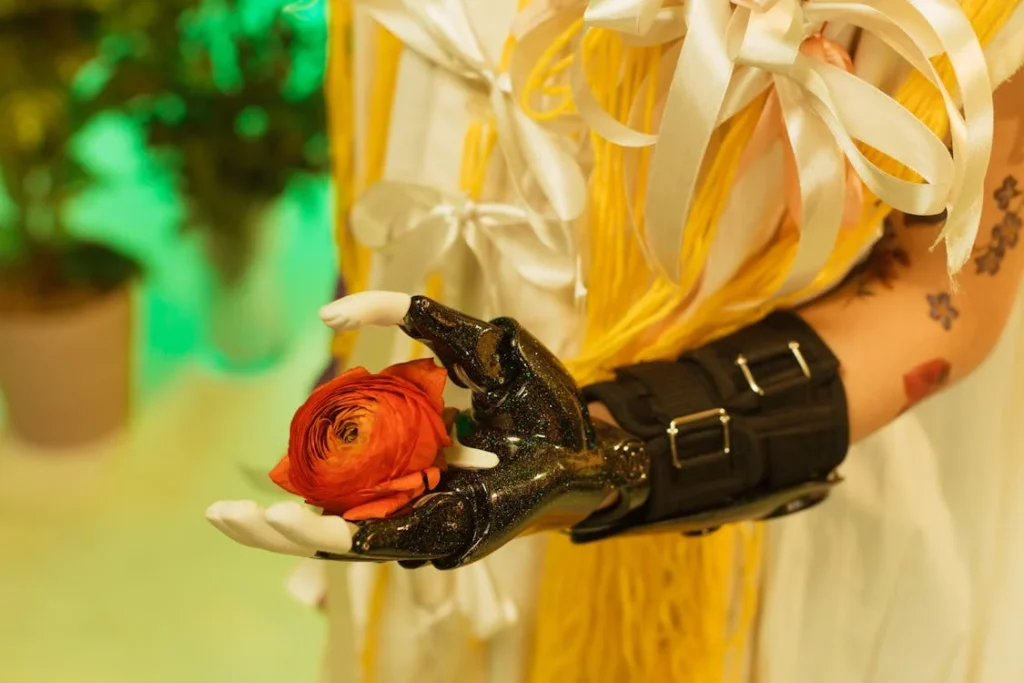Art and music have always been powerful forms of expression, allowing people to share their emotions, experiences, and identities. For individuals with disabilities, these creative outlets become even more significant. They offer a way to communicate struggles, triumphs, and personal journeys in a world that often overlooks their perspectives. Across different cultures, people with disabilities have used painting, sculpture, music, and performance art to tell their stories, break societal barriers, and challenge stereotypes.
From traditional folk songs that tell tales of resilience to modern digital art that visualizes the experience of living with a disability, creativity has been a bridge between personal experiences and societal understanding. Whether in India, Africa, Europe, or the Americas, disabled artists and musicians have played a crucial role in shaping cultural narratives and advocating for change.
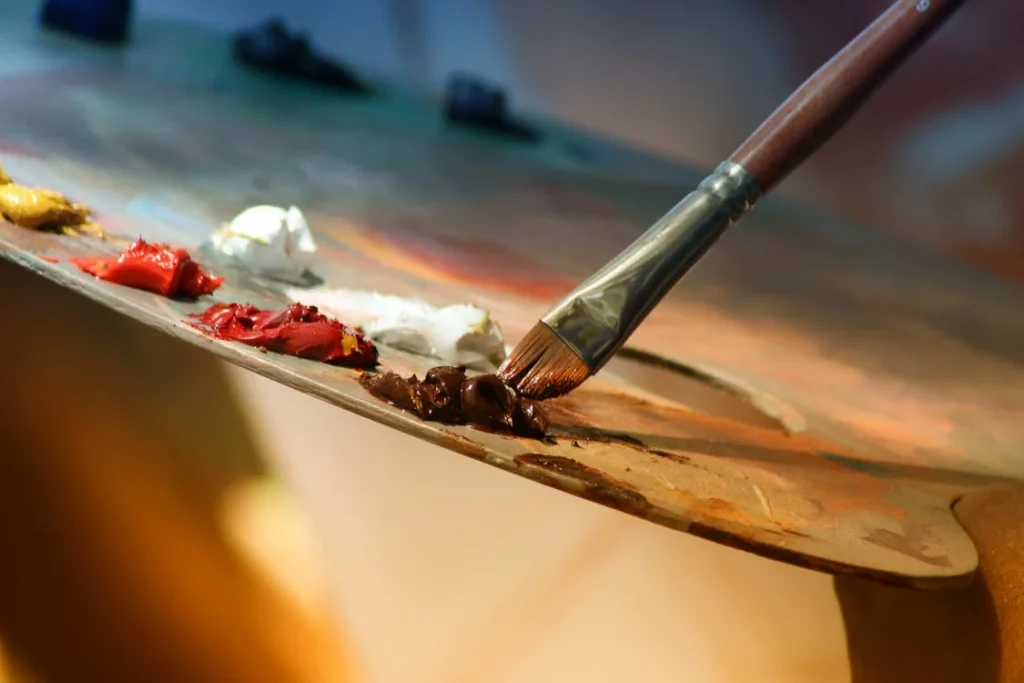
Art as a Voice for Disability Experiences
Throughout history, art has provided individuals with disabilities a way to express emotions, identity, and personal struggles when words alone were not enough.
In many cultures, disabled artists have used painting, sculpture, and other visual mediums to share their perspectives, challenge stigma, and redefine societal perceptions of disability.
Art not only reflects individual experiences but also influences how societies view disability as a whole.
Traditional and Folk Art Depictions of Disability
Many ancient cultures included representations of disability in their art, though the interpretations varied widely. In some traditions, individuals with disabilities were honored as having unique wisdom or spiritual insight, while in others, they were depicted as symbols of struggle or resilience.
In Indian mythology and temple carvings, gods and sages with disabilities were often shown with extraordinary abilities, reinforcing the idea that physical differences did not limit one’s power or intelligence.
Similarly, African tribal art sometimes portrayed individuals with physical differences as figures of strength and endurance, emphasizing their contributions to their communities.
In contrast, European Renaissance art often depicted disability from a religious perspective, showing disabled individuals as subjects of charity or divine intervention.
Paintings from this period frequently portrayed people with disabilities as figures of suffering or inspiration, reflecting the dominant attitudes of the time.
While these portrayals sometimes reinforced stereotypes, they also brought visibility to disability at a time when many lived on the margins of society.
Modern Disability Art Movements
In the 20th and 21st centuries, disabled artists began reclaiming their narratives, using art to challenge outdated perceptions and demand inclusion.
The disability rights movement, particularly in Western countries, fueled the rise of “disability art”—a movement that uses creative expression to highlight social inequalities, accessibility issues, and the lived experiences of people with disabilities.
Artists like Frida Kahlo, who lived with chronic pain and physical limitations due to polio and a severe accident, used self-portraits to explore themes of disability, pain, and resilience. Her paintings are now seen as a powerful testament to the experience of living with a disability.
In contemporary India, artists with disabilities are gaining more recognition for their work. Organizations and exhibitions dedicated to disability art provide platforms for individuals to showcase their creativity and challenge societal attitudes.
The use of digital art and adaptive technology has further expanded opportunities, allowing artists to create without physical limitations restricting their expression.
Art as a Tool for Advocacy
Art is not just a medium of personal expression—it is also a tool for advocacy and social change. Public installations, murals, and gallery exhibitions highlighting disability perspectives help break down barriers and normalize conversations around accessibility and inclusion.
In many cities, disability art festivals have emerged, bringing together artists from different backgrounds to celebrate diversity in creative expression.
Interactive art projects have also become a way for disabled and non-disabled individuals to collaborate, fostering greater understanding and empathy.
Sensory art installations, for example, allow audiences to experience different aspects of disability—such as limited vision, altered mobility, or heightened sensory perception—encouraging them to see the world from a different perspective.
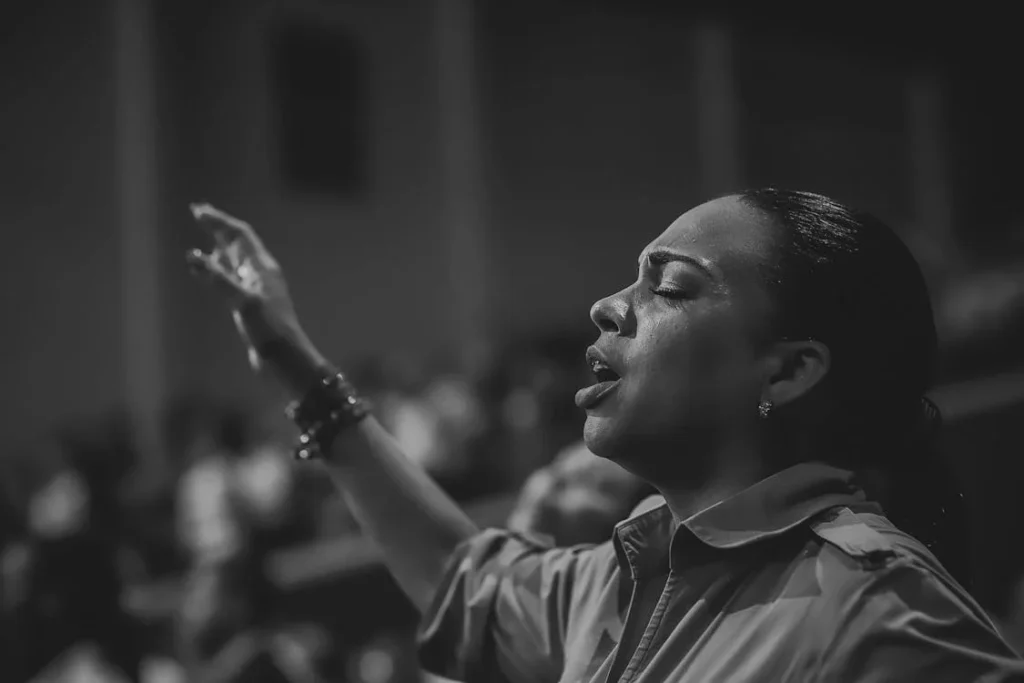
Music as a Universal Language of Disability Expression
Music has long been a powerful means of storytelling, healing, and connection. For individuals with disabilities, it serves as both a form of self-expression and a way to challenge societal norms.
Across different cultures, people with disabilities have used music to communicate their emotions, advocate for their rights, and redefine how the world perceives them.
Whether through traditional folk songs, classical compositions, or modern digital production, music has given voice to disability experiences in profound ways.
Traditional Music and Disability Narratives
In many cultures, music has been a way to document personal and collective struggles, including those related to disability. In Indian classical music, blind musicians have historically been highly respected, with many renowned performers mastering complex ragas and devotional songs.
The legendary Tansen, one of the greatest musicians in Indian history, is believed to have had a physical disability, yet his contributions to Hindustani classical music remain unmatched.
In West Africa, the griots—oral historians and musicians—often included stories of disability in their songs, depicting individuals with disabilities as wise, resilient, and deeply connected to their communities.
These songs reinforced the idea that disability was not a limitation but rather a part of the human experience, contributing to the cultural fabric of society.
In European folk traditions, ballads and operas often included characters with disabilities, though their portrayals varied from tragic figures to symbols of endurance. Over time, these narratives evolved, influenced by changing social attitudes toward disability.
The Rise of Disabled Musicians in Popular Culture
The 20th and 21st centuries have seen an increase in visibility for musicians with disabilities, many of whom have challenged stereotypes and reshaped the music industry. Artists like Stevie Wonder, who has been blind since infancy, revolutionized soul and pop music, proving that disability is not a barrier to success.
His advocacy for disability rights, including efforts to make music more accessible to visually impaired individuals, has had a lasting impact.
Similarly, Evelyn Glennie, a world-renowned percussionist who is deaf, has redefined how people perceive music and sound. She plays barefoot to feel vibrations through the floor, demonstrating that musical expression extends beyond hearing.
Her work has helped to shift the conversation around accessibility in music education and performance.
In India, artists like Ustad Bismillah Khan, who faced physical challenges in his later years, continued to perform and inspire audiences, showing that disability does not limit artistic potential.
Today, Indian organizations are working to make music education more accessible, ensuring that children with disabilities have opportunities to explore their musical talents.
Adaptive Music Technology and Inclusivity
Advancements in technology have made it easier for people with disabilities to create and experience music. Adaptive instruments, voice-controlled music software, and AI-powered composition tools are opening up new possibilities for disabled musicians.
Digital music production software with customizable interfaces allows individuals with limited mobility to compose, edit, and produce music without physical barriers.
Music therapy has also gained recognition as an effective tool for individuals with disabilities. In many cultures, music is used to support cognitive and emotional development in children with autism, aid stroke survivors in regaining speech, and provide therapeutic relief for individuals with mobility impairments.
These programs highlight the deep connection between music and well-being, reinforcing its role as a transformative force in disability experiences.
As technology continues to evolve, accessibility in music will become even more advanced. AI-driven composition tools, brainwave-controlled instruments, and virtual reality concerts are just a few of the innovations that promise to make music more inclusive.
Music as a Form of Advocacy
Beyond personal expression, music has become a tool for activism and awareness. Disability rights campaigns around the world have used music to amplify their messages, bringing attention to issues of accessibility, discrimination, and social inclusion.
Protest songs, anthems, and performances by disabled artists have played a role in changing policies and shifting public attitudes.
Many disability organizations now incorporate music into their outreach programs, using concerts and performances to engage communities and promote a more inclusive society.
These events help audiences understand disability from a new perspective, fostering empathy and appreciation for the artistic contributions of people with disabilities.
At Robobionics, we recognize the power of music as both an art form and a means of empowerment. Just as prosthetic technology enhances physical independence, creative expression through music allows individuals to reclaim their narratives and share their experiences with the world.
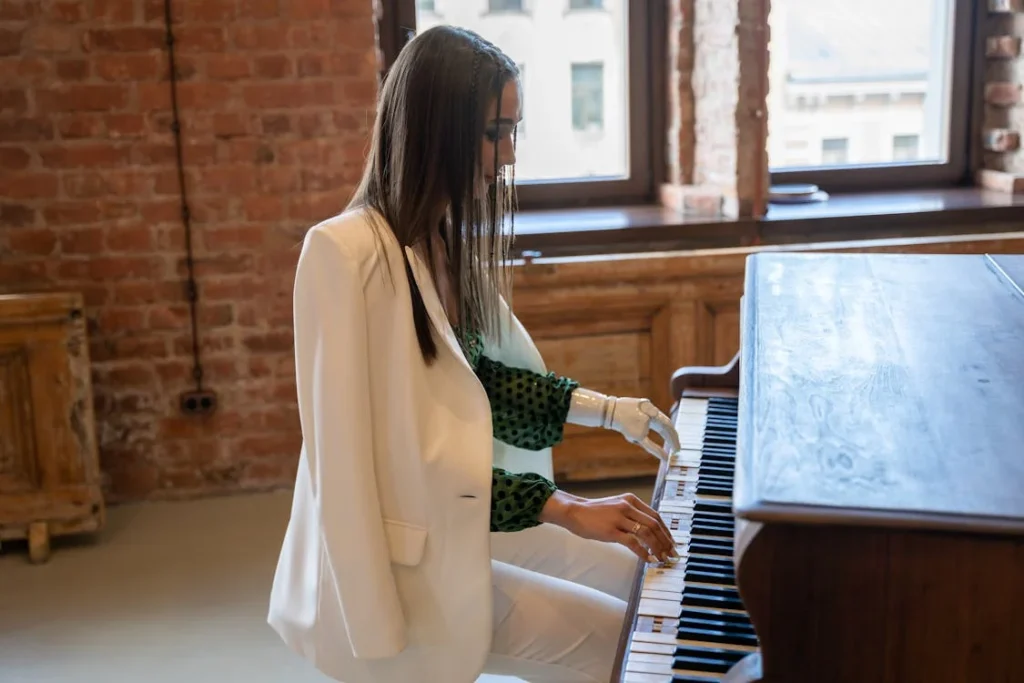
The Intersection of Art, Music, and Disability Rights Movements
Art and music have not only provided a creative outlet for people with disabilities but have also played a critical role in disability rights movements across cultures.
Through visual storytelling, performance, and protest songs, disabled artists and musicians have challenged societal norms, advocated for policy changes, and demanded greater accessibility and inclusion.
The Role of Art in Disability Activism
Art has long been a medium for activism, allowing individuals to express resistance, challenge discrimination, and highlight injustices. In the disability rights movement, art has been used to shift narratives from pity and dependence to empowerment and self-determination.
Murals, installations, and exhibitions featuring disability themes have encouraged societies to reconsider their perceptions of disabled individuals.
In the United States, disability rights activists have used performance art and street demonstrations to draw attention to accessibility issues.
During the historic 1990 “Capitol Crawl,” where activists abandoned their wheelchairs and climbed the steps of the U.S. Capitol to protest for disability rights, banners, paintings, and street art became a part of the movement, visually documenting the struggle for equality.
In India, disability rights organizations have embraced art as a means of raising awareness about accessibility and inclusion. Public art projects, featuring paintings by disabled artists, have gained visibility, challenging traditional stereotypes and celebrating diversity.
Exhibitions dedicated to showcasing artwork created by people with disabilities have also increased, providing a platform for creative voices that were once overlooked.
Music as a Catalyst for Social Change
Music has often been at the forefront of social movements, and disability advocacy is no exception. Protest songs, anthems, and musical performances have helped raise awareness about disability rights and accessibility.
These songs are not just about entertainment—they serve as powerful messages of resilience, equality, and inclusion.
In the UK, the disability-led band Heavy Load gained recognition for blending punk music with disability activism, creating a space for artists with disabilities in the mainstream music industry.
Their work challenged the exclusion of disabled musicians and sparked discussions about accessibility in live music venues.
Hip-hop has also become a medium for disability expression. Many rappers with disabilities have used their music to discuss the realities of living with a disability in a world that often marginalizes them. Their lyrics challenge stereotypes and highlight the barriers that still exist in society.
In Brazil, the Batuque do Silêncio movement has brought together deaf musicians who perform using vibrations and visual cues instead of sound.
Their performances challenge audiences to think differently about what it means to experience music, redefining traditional notions of musicality.
The Future of Disability Expression Through Art and Music
As societies continue to progress toward greater inclusivity, the role of art and music in expressing disability experiences will only become more significant.
With increased accessibility to creative tools, more artists and musicians with disabilities will be able to share their stories and shape cultural narratives.
Digital platforms have already made it easier for disabled artists to showcase their work without the limitations of physical galleries or performance spaces.
Virtual exhibitions, online music collaborations, and AI-powered art tools are breaking barriers, ensuring that creative expression is accessible to all.
At Robobionics, we believe that true inclusion extends beyond accessibility in infrastructure and technology—it includes making space for people with disabilities to express themselves freely through art and music.
Just as we develop prosthetic solutions like Grippy™ to enhance physical independence, we also support the importance of creative independence, ensuring that individuals with disabilities have a voice in shaping cultural and artistic landscapes.
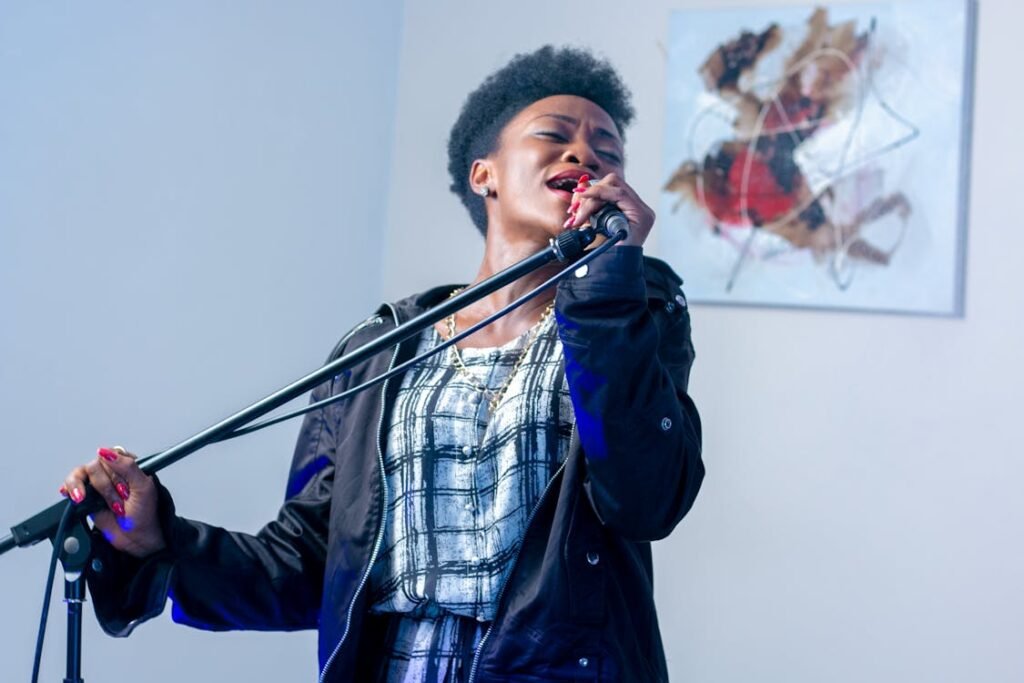
The Healing Power of Art and Music for People with Disabilities
Beyond advocacy and self-expression, art and music have a profound impact on emotional well-being, mental health, and rehabilitation for individuals with disabilities.
Across cultures, creative therapies have been used to help people process trauma, build confidence, and regain physical abilities.
Whether through painting, dance, playing an instrument, or songwriting, engaging in creative activities can be transformative for both children and adults with disabilities.
Art as a Form of Emotional Healing
For many people with disabilities, especially those who acquire their disabilities later in life due to injury or illness, adjusting to a new way of living can be emotionally challenging.
Art therapy has become a widely recognized method of helping individuals process these changes, offering a safe and non-verbal way to express complex emotions.
In hospitals and rehabilitation centers around the world, painting, sculpting, and drawing are used as tools for psychological healing.
Patients recovering from accidents or surgeries that resulted in limb loss often turn to art as a way to regain a sense of control over their bodies and emotions.
In India, organizations supporting people with disabilities have launched art-based workshops to help individuals cope with social stigma and build confidence in their identities.
The act of creating something unique provides a sense of accomplishment, helping individuals focus on their strengths rather than their limitations.
Art also fosters mindfulness, allowing people to be present in the moment, which can reduce stress and anxiety. For children with autism or cognitive disabilities, art therapy provides a structured yet flexible way to develop social and emotional skills.
Music as a Tool for Rehabilitation
Music has been found to have a direct impact on cognitive function, motor skills, and emotional regulation, making it a valuable tool in rehabilitation for people with disabilities.
Studies have shown that rhythm and melody can stimulate brain activity, helping individuals regain speech, improve coordination, and even strengthen memory.
In stroke rehabilitation, for example, music therapy is used to help patients regain language skills through rhythmic speech exercises.
Many stroke survivors who experience difficulty speaking find that they can still sing words clearly, leading therapists to use music as a bridge to rebuild neural connections.
For individuals with mobility challenges, playing an instrument can serve as a form of physical therapy. Drumming, for example, can help improve hand-eye coordination, while wind instruments can strengthen lung capacity and breathing control.
Even listening to music can have therapeutic benefits, reducing pain perception and improving mood.
Cultural Approaches to Art and Music Therapy
Different cultures have long recognized the healing power of creative expression. In many Indigenous traditions, storytelling through song and dance is used to promote healing and emotional well-being.
Native American communities, for example, use drumming as a way to connect with emotions and restore balance in the body.
In South Asia, classical Indian music has been integrated into therapeutic practices for centuries. The ragas of Hindustani and Carnatic music are believed to influence emotions and mental states, with certain scales and melodies being used for relaxation, focus, or emotional release.
In Japan, the practice of kintsugi—repairing broken pottery with gold—has been adapted as a metaphor for resilience in disability communities, emphasizing the beauty of imperfection and transformation.
Modern disability support programs now integrate these traditional practices with contemporary therapy techniques.
Music therapists in Europe and North America often work with individuals with autism, cerebral palsy, or neurodegenerative diseases, using customized sound frequencies and rhythm-based activities to improve motor function and communication skills.
The Growing Accessibility of Creative Therapy
As awareness of the benefits of art and music therapy grows, more programs are being developed to make these therapies accessible to individuals with disabilities.
Digital tools now allow those with mobility impairments to create visual art using eye-tracking technology, and adaptive musical instruments enable individuals with limited dexterity to compose and perform.
Organizations worldwide are pushing for greater integration of art and music therapy in special education, rehabilitation centers, and mental health programs.
These initiatives highlight that disability is not a limitation to creativity but rather a different way of experiencing and engaging with the world.
At Robobionics, we recognize that true independence goes beyond physical movement—it includes the freedom to create, express, and heal. Just as prosthetic solutions like Grippy™ restore functional ability, creative therapies restore confidence, emotional balance, and joy.
The intersection of technology, culture, and creativity continues to open new doors for people with disabilities, proving that art and music are not just hobbies but essential parts of human well-being.
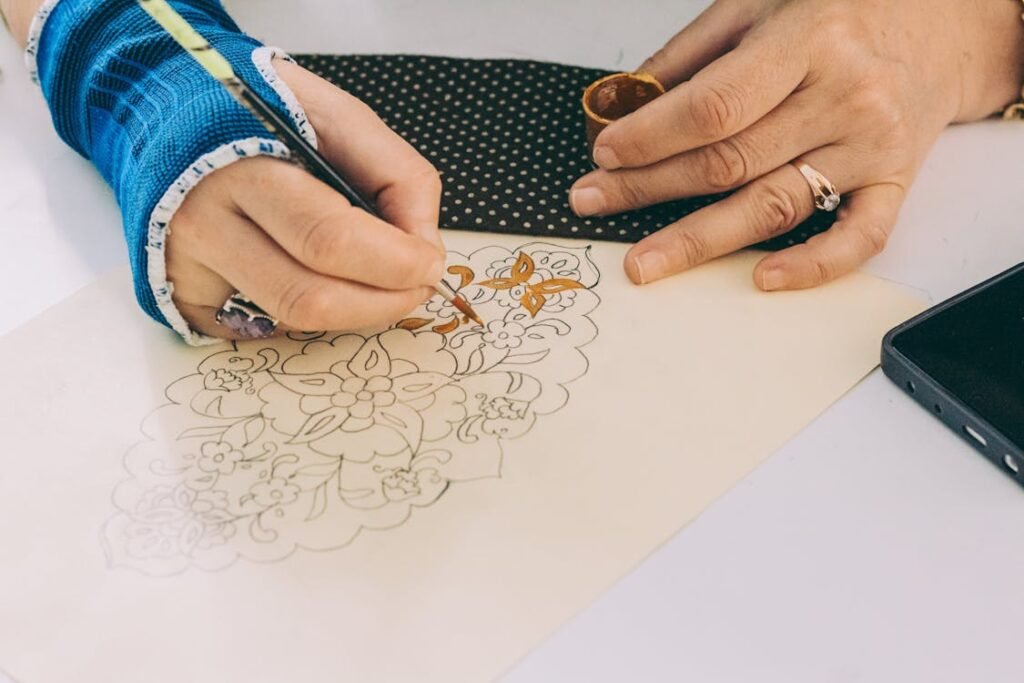
Disability-Inclusive Festivals and Cultural Celebrations Through Art and Music
Across the world, festivals and cultural celebrations have long been platforms for artistic and musical expression. In recent years, there has been a growing movement to make these spaces more inclusive for people with disabilities—both as participants and as featured artists.
These events showcase the creativity of disabled performers, musicians, and artists while promoting greater awareness and accessibility within the cultural landscape.
The Rise of Disability Arts Festivals
Many countries now host disability-centered art and music festivals that celebrate the talents of disabled artists and performers. These festivals provide a space where disability is not seen as a limitation but rather as a unique perspective that enriches creative expression.
In the UK, the Unlimited Festival at London’s Southbank Centre showcases works by disabled artists across different genres, from visual art and dance to theater and music. It challenges mainstream narratives by giving disabled performers and creators the opportunity to control how their stories are told.
In India, the Abilities Festival has gained recognition as a major platform for disabled artists. Featuring performances from visually impaired musicians, dancers with mobility impairments, and artists using adaptive techniques, the festival highlights the power of creativity in overcoming barriers.
In Australia, The Other Film Festival is dedicated to disability storytelling through cinema, ensuring that films made by and for people with disabilities receive international recognition. Events like these not only amplify disabled voices but also help shift societal perceptions of what disability means in a cultural context.
Music as a Unifying Force in Cultural Events
Music has always been central to cultural celebrations, and ensuring that these experiences are accessible to all has become a growing priority. At major music festivals, efforts are being made to provide sign language interpretation, tactile experiences for deaf concertgoers, and wheelchair-accessible viewing areas.
In the U.S., major festivals like Coachella and Lollapalooza now include accessibility teams to ensure that people with disabilities can enjoy live music performances without barriers. Innovations like vibration-based sound systems allow deaf and hard-of-hearing attendees to “feel” the music, making concerts more immersive.
In Brazil, the Inclusive Samba Parade has introduced performances featuring dancers and drummers with disabilities, bringing visibility to accessibility in one of the world’s most famous cultural celebrations. By incorporating wheelchair users, sign language performers, and musicians with adaptive instruments, these events redefine what full participation in the arts looks like.
Religious and Traditional Celebrations Adapting for Inclusivity
Beyond modern festivals, religious and cultural celebrations are also becoming more disability-inclusive. In many traditional festivals, music and art play a vital role in spiritual and community life. Ensuring that people with disabilities can participate fully in these events strengthens the sense of belonging and cultural identity.
During India’s Navaratri and Diwali festivals, some temples and community centers now provide braille scriptures, wheelchair-accessible prayer areas, and sensory-friendly religious music for individuals with autism or sensory sensitivities.
In Mecca, the Hajj pilgrimage has introduced better accessibility options to allow disabled worshippers to fully participate in the spiritual journey.
African drumming and dance festivals, which hold deep cultural significance, are also evolving to be more inclusive. Adaptive drum workshops have been introduced to allow people with limb differences to play using prosthetics or modified instruments.
These adaptations ensure that traditional cultural expressions remain accessible to all members of the community.
The Future of Inclusive Cultural Events
As societies continue to recognize the importance of disability inclusion, festivals and cultural celebrations will increasingly integrate accessibility measures. Advances in technology, such as real-time captioning for live performances and AI-powered audio descriptions, will make artistic and musical experiences more immersive for people with disabilities.
Disability representation at these events is also growing. More festival organizers are seeking out disabled artists, musicians, and cultural leaders to take center stage, ensuring that disability is not just accommodated but actively celebrated.
At Robobionics, we believe that full inclusion extends beyond accessibility in daily life—it includes the right to participate in cultural traditions, artistic expression, and musical celebrations. Just as our prosthetic solutions like Grippy™ enable physical movement, inclusive festivals ensure that people with disabilities can move freely within the cultural and artistic spaces of society.
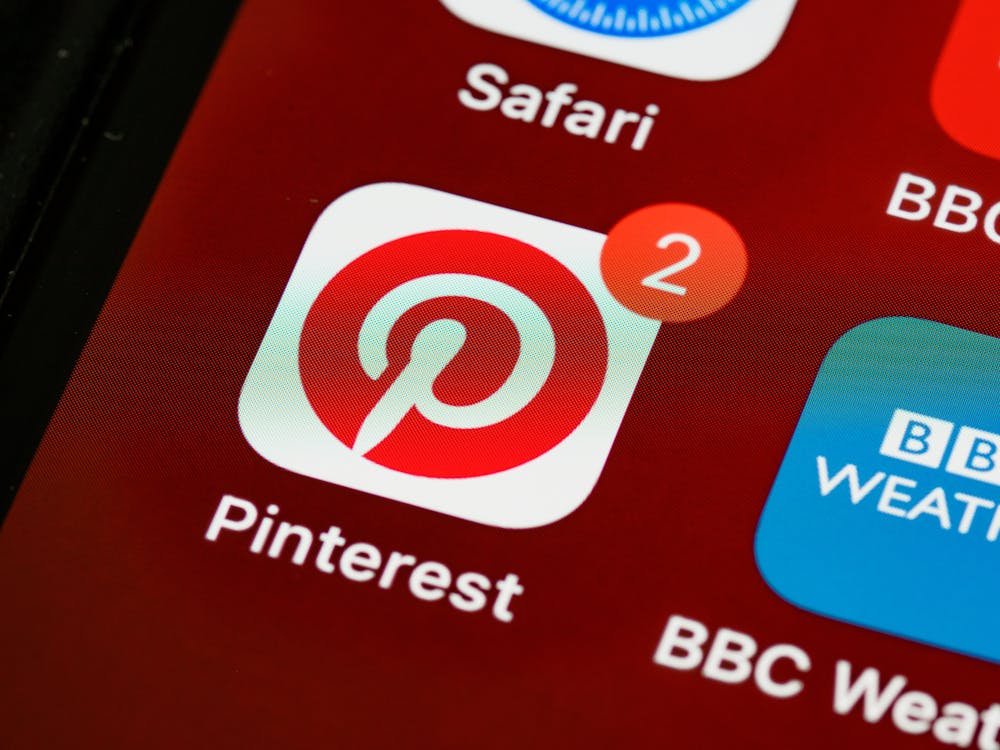
The Role of Digital Platforms in Expanding Disability Expression Through Art and Music
With the rise of digital technology, art and music have become more accessible than ever, allowing individuals with disabilities to create, share, and experience creative expression in new ways.
Digital platforms are breaking physical and societal barriers, providing disabled artists and musicians with the tools they need to fully participate in the global creative community.
Online Art Galleries and Virtual Exhibitions
Traditional art galleries and museums have historically posed accessibility challenges for individuals with mobility impairments, sensory sensitivities, or visual impairments. However, the digital revolution has opened new opportunities for disabled artists to showcase their work.
Online platforms such as Instagram, DeviantArt, and Behance allow artists with disabilities to reach audiences worldwide without needing to navigate physical barriers.
Many disabled artists have built successful careers entirely through digital art, using adaptive drawing tablets, eye-tracking software, and AI-assisted tools to create stunning works of art.
Virtual reality (VR) and augmented reality (AR) are also changing how people with disabilities experience art. Museums and galleries around the world are developing virtual exhibitions, allowing individuals to explore artwork from the comfort of their homes.
In India, initiatives such as the Accessible India Campaign have encouraged cultural institutions to integrate digital accessibility features, ensuring that disabled individuals can engage with the country’s rich artistic heritage.
Digital Music Production and Adaptive Instruments
Music production has also been transformed by digital tools, making it easier for disabled musicians to compose, record, and perform.
Adaptive music software allows individuals with limited mobility to create compositions using voice commands, eye movements, or specialized controllers.
Innovations such as the “EyeHarp” enable individuals with paralysis to play musical notes using eye-tracking technology.
Similarly, AI-driven music composition programs help musicians with disabilities create complex arrangements without needing traditional instruments.
These tools provide an entirely new level of artistic independence, allowing disabled musicians to compete on equal footing with their non-disabled peers.
Streaming platforms such as Spotify, YouTube, and SoundCloud have also given disabled artists greater visibility. In the past, musicians with disabilities often struggled to secure record deals or stage performances due to accessibility barriers.
Now, independent disabled musicians can build audiences, collaborate with other artists, and monetize their work without needing to rely on traditional music industry gatekeepers.
Social Media as a Space for Advocacy and Awareness
Social media has become a powerful tool for disabled artists and musicians to advocate for inclusion while sharing their talents with a global audience.
Viral campaigns, disability-led art challenges, and online concerts featuring disabled performers are reshaping perceptions of disability in the creative world.
Hashtags like #DisabledArtist, #AccessibleMusic, and #ArtWithoutLimits have helped disabled creatives gain recognition and build communities of support.
Influencers with disabilities are using platforms like TikTok and Instagram to showcase their work, educate the public on accessibility issues, and connect with fellow artists across borders.
Collaborations between disabled and non-disabled artists have also flourished in the digital space. Online music collaborations, virtual art collectives, and inclusive digital storytelling projects have brought together creators from diverse backgrounds, proving that disability does not limit artistic potential.
The Future of Digital Accessibility in Art and Music
As technology continues to advance, digital accessibility in art and music will only improve. AI-powered translation tools will make artistic content more accessible to people with sensory impairments, while haptic feedback devices will allow deaf individuals to “feel” music through vibrations.
Blockchain technology is also opening new possibilities for disabled artists to protect and monetize their work through digital ownership systems like NFTs.
At Robobionics, we believe that technology should not just remove barriers—it should create new opportunities. Just as our prosthetic solutions like Grippy™ restore independence in daily life, digital platforms restore creative freedom for disabled individuals.
By embracing these advancements, we can ensure that art and music remain truly inclusive, allowing every individual to share their unique perspective with the world.
Conclusion
Art and music have long been powerful tools for expressing disability experiences across cultures. From traditional folk art and classical music to modern digital platforms and adaptive technology, creativity has allowed individuals with disabilities to share their stories, challenge stereotypes, and advocate for inclusion. Festivals, cultural movements, and online communities have further amplified these voices, ensuring that disability is not just represented but celebrated.
As societies continue to embrace accessibility, the future of disability-inclusive art and music looks promising. With advancements in technology, more disabled artists and musicians can create without limitations, breaking barriers that once restricted participation. The rise of digital exhibitions, adaptive instruments, and AI-driven accessibility tools proves that disability does not define artistic potential—it enhances it by bringing unique perspectives to the creative world.
At Robobionics, we believe that true empowerment goes beyond mobility—it includes the freedom to express, create, and inspire. Just as our prosthetic solutions like Grippy™ restore physical independence, the evolution of art and music ensures that individuals with disabilities can share their voices with the world. By continuing to support inclusive creativity, we take one step closer to a truly accessible society.



